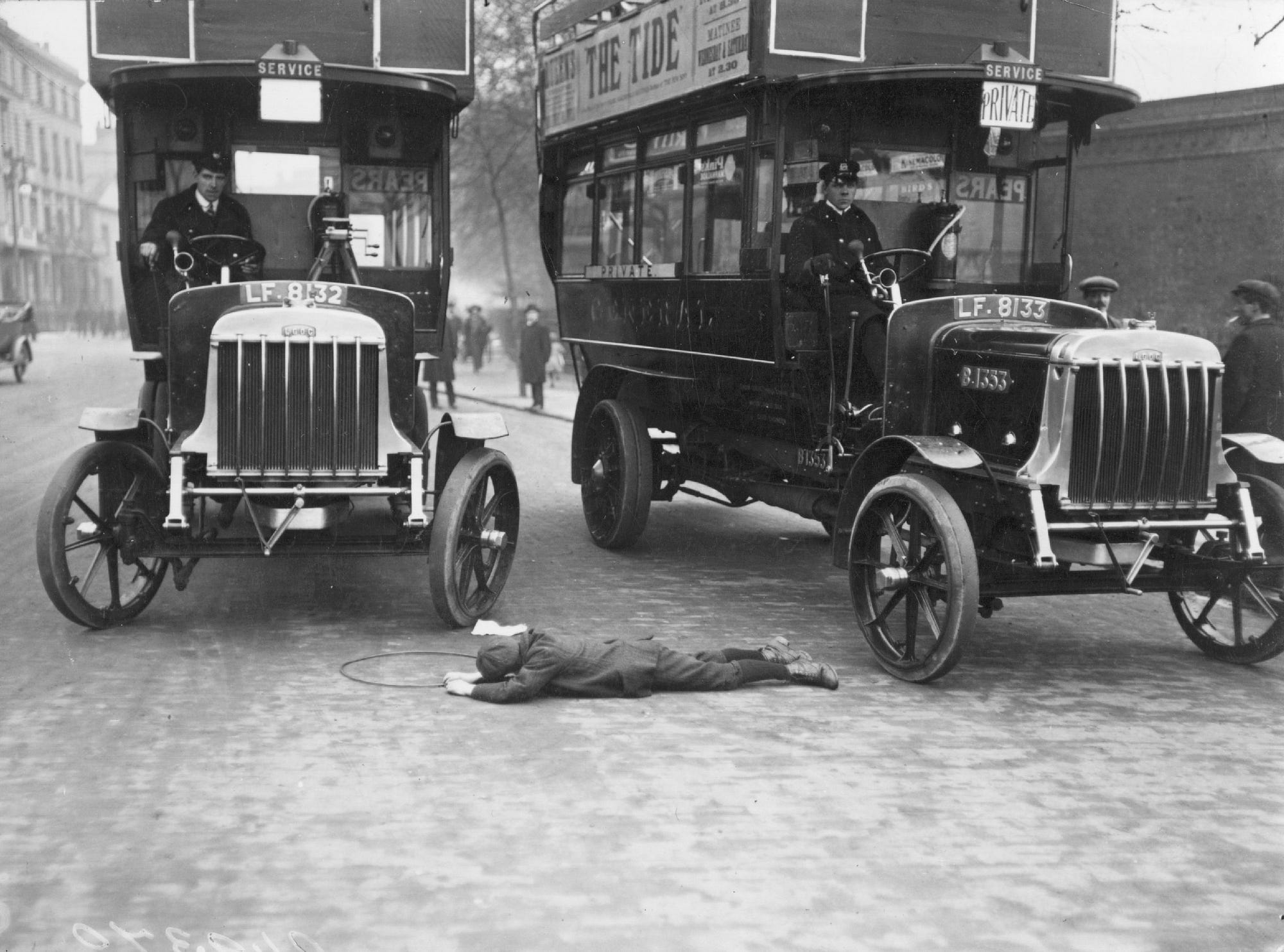From Lapham's Quarterly, September 21:
Rate the Room The early history of rating credit in America.One new and uniquely American source of information appeared in the
wake of the financial crisis of 1837: credit reporting. Instead of
continuing to rely on their own informal sources of information about
the creditworthiness of others, merchants could now turn to a third
party, a “mercantile agency,” whose business it was to provide
independent and encompassing assessments of the creditworthiness of
other firms.
The Mercantile Agency (later known as R.G. Dun) was founded in 1841
by Lewis Tappan, a prominent textile merchant and ardent abolitionist
who had failed in the panic of 1837. According to historian Rowena
Olegario, the idea of a credit agency was already “in the air,” but it
was Tappan who brought this idea firmly into reality. Organizationally,
Tappan established a central office (in New York City, close to his
clients) and attached to this a network of independent confidential
correspondents, distributed across the country, who provided information
about the firms in their local vicinity. Scholar William Armstrong gave
a thumbnail summary: “Lewis Tappan…applied himself to the establishment
of a commercial agency, the object of which is to ascertain, by means
of agents throughout the country, the character and standing of the
merchants in the different towns, so that when the New York dealers
receive applications for goods from traders at a distance, they have
only to refer to Mr. Tappan to ascertain their degree of
trustworthiness.” Using the well-functioning national postal system,
correspondents mailed information about firms to the head office. This
information was transcribed and edited, and then turned into credit
reports that could be sold to anyone with an interest in a particular
firm. As of August 1841 Tappan had acquired 133 subscribers to his new
service, mostly in the dry-goods business.
Although many organizations could be interested in someone’s ability
to pay their debts (e.g., banks, insurance companies, employers, etc.),
rating agencies served the mercantile community first and concentrated
on trade credit. In an early advertisement, Tappan attracted customers
by giving them the chance to assess for free the information his firm
would provide: “Any merchant who wishes to test the value of the
information can do so gratuitously. No better way has been thought of
than for such to bring a list of the bad debts they have made since the
establishment of the agency in 1841, and ascertain how the debtors stood
on the books of the agency when the goods were sold to them.”....
....MUCH MORE
HT: An FT Alphaville Further Reading post but I've forgotten which one. So here's the lot of them.
Although the "Five C's of creditworthiness" are 'character, capacity, capital, collateral, and conditions' J.P. Morgan famously said in his 1912 testimony before the Pujo Commission:
Q: Is not commercial credit based primarily upon money or property?
JPM: No, sir. The first thing is character.
Q: Before money or property?
JPM: Before money, or anything else. Money cannot buy it.
—U.S. Library of Congress, Testimony of J.P. Morgan before the Bank and Currency Committee of the
House of Representatives, at Washington, D. C., appointed for the
purpose of investigating an alleged money trust in "Wall street."" (60 page PDF)
Finally, an October 2010 post:
Bill Gross on Turning Down Loan Requests from Warren Buffett and Sam Walton (BRK.B; WMT)
Mr. Gross and PIMCO manage a bit over $1 Trillion dollars.
From
CNBC:
Bill Gross' Lesson Learned: Character Trumps Flash
Choosing flash over substance led Bill Gross, founder and
co-CIO of bond company PIMCO, to say “pass” to two of the best
investments in US history and give a thumb's-up to a major flop.
Now, to avoid a
repeat of either situation, he keeps a picture of the legendary banker
J.P. Morgan on his wall. Morgan had told Congress once, that "Lending is
not based on money or property," said Gross.
The first decision of learned lessons was when he turned down
Warren Buffett and Charlie Munger for a $10 million loan for their company Berkshire Hathaway in 1975.
“It seemed
like a funny company,” said Gross. He made his decision based on the
exteriors of their assets—a dilapidated industrial complex in the
Northeast, a See's candy store, Blue Chip Stamps, but not much else.”
Although PIMCO
didn’t make the loan to those unassuming Midwesterners who eventually
became among the world’s wealthiest men, Pacific Mutual, which owned
PIMCO, did.
About a week later, Gross met Sam Walton, who was looking to expand his young general store operation to Ohio and Iowa.
“The two sons and Sam would drive me around town and show me the Wal-Mart , all the while with their dog named Dan.
They'd yell, ‘Git ‘em, Dan, git ‘em, Dan,’ when a dog or cat would cross the street.”
Gross turned the Waltons down, too, based on appearances, he said.
*****
Shortly
thereafter, Gross agreed to loan money to a new company called Itel, not
Intel, a San Francisco rail car leaser, which had a plush office 30
floors up with a view of the Golden Gate Bridge.
“I
said, ‘Now this is a company. Carpets, secretaries, rail cars that you
can touch and feel, and the steel,” Gross explained. “So the loan was
made, $5 million to Itel, and six months later the company was
bankrupt.”
So whenever Gross is considering a decision, he looks at that picture of Morgan.










